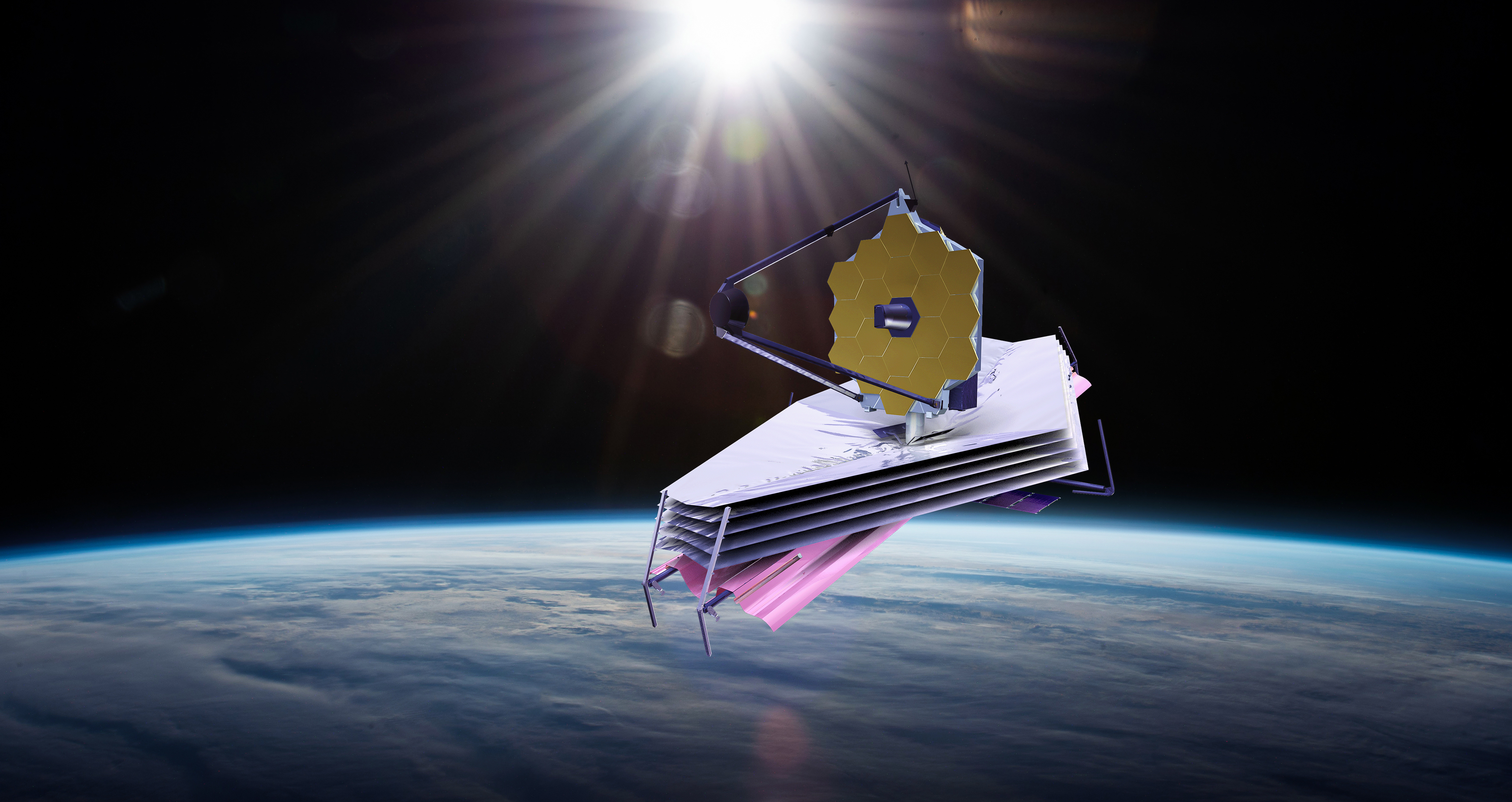Back in June, NASA reported that a micrometeoroid had hit the James Webb space telescope. Later, the space agency confirmed that the small space debris had caused an uncorrectable change to the telescope’s mirror. Now, NASA is looking at new ways to help Webb avoid future micrometeoroid hits, or at least mitigate the damage they do.
Micrometeoroid strikes are an unavoidable truth about James Webb’s time in space. Luckily, when NASA engineers designed the newest space telescope, it was engineered to withstand continual bombardment from dust-sized particles moving at extreme speeds. Despite that design, though, James Webb has suffered from the hits it has taken.
The main way that NASA engineers plan to help cut down on the possibility of damage to the space telescope is to turn James Webb away from what they now call the micrometeoroid avoidance zone. This should limit the magnitude of future impacts by ensuring that micrometeoroids don’t strike Webb’s mirror head-on.

This is because those micrometeoroids have twice the relative velocity as those that strike James Webb when it is moving in the same direction as the dust-sized particles. It’s an intriguing idea, and one that should hopefully help cut down on damage we could see to the mirrors that power James Webb’s scientific observations.
NASA says that it will implement James Webb’s new micrometeoroid avoidance zone starting during Webb’s second year of science, currently known as “Cycle 2.” Because Webb is located so far away from Earth, repairing the telescope is impossible, and would be too costly to actually undergo. As such, it’s important to the future of the telescope to ensure that as little damage as possible is taken.
If we can keep it running, then we can get the most out of the telescope’s time in space. And, while James Webb can’t completely avoid micrometeoroids, limiting the impact they have on day-to-day operations will no doubt help us capture more stunning views of the universe, like the heart of the Orion Nebula.








